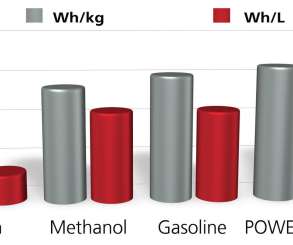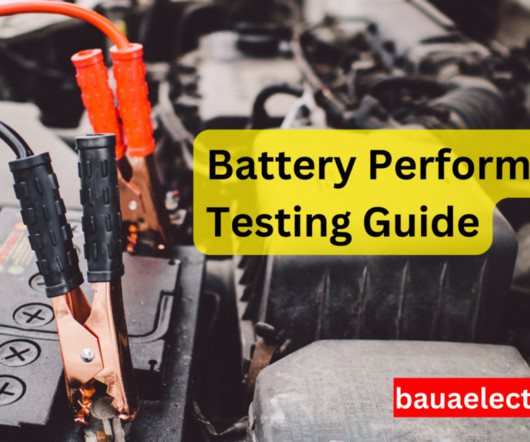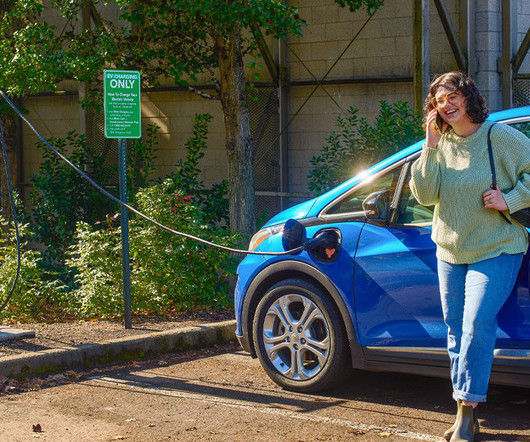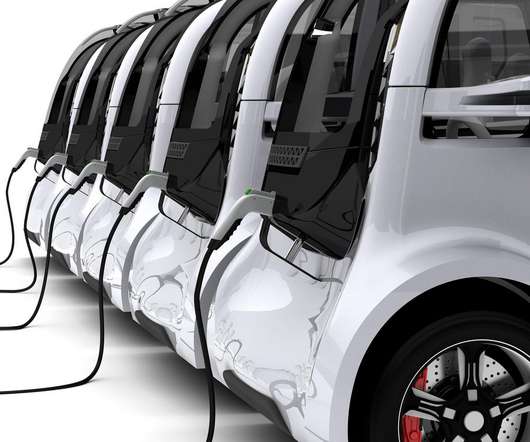Fraunhofer suggests e-scooters as application for its magnesium hydride paste hydrogen storage technology
Green Car Congress
FEBRUARY 4, 2021
This is a specific energy of 1.6 kWh/kg and an energy density of 1.9 kWh/liter—about 10 times the capacity of Li-Ion batteries. Specific energies and energy densities including conversion losses. POWERPASTE thus has a huge energy storage density. Source: Fraunhofer IFAM. —Marcus Vogt.



















Let's personalize your content